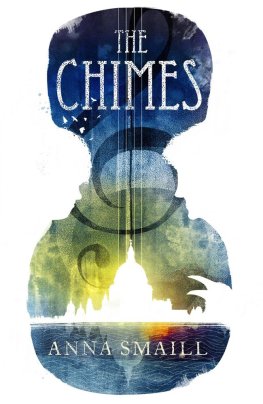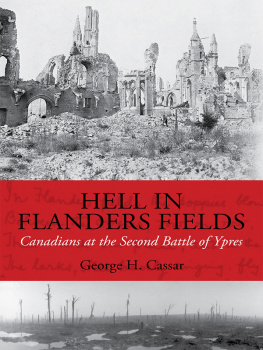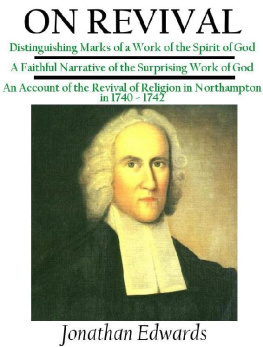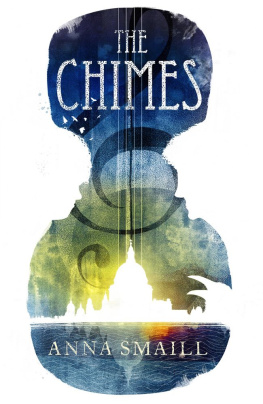George Wharton Edwards - Vanished towers and chimes of Flanders
Here you can read online George Wharton Edwards - Vanished towers and chimes of Flanders full text of the book (entire story) in english for free. Download pdf and epub, get meaning, cover and reviews about this ebook. year: 2019, publisher: Good Press, genre: Romance novel. Description of the work, (preface) as well as reviews are available. Best literature library LitArk.com created for fans of good reading and offers a wide selection of genres:
Romance novel
Science fiction
Adventure
Detective
Science
History
Home and family
Prose
Art
Politics
Computer
Non-fiction
Religion
Business
Children
Humor
Choose a favorite category and find really read worthwhile books. Enjoy immersion in the world of imagination, feel the emotions of the characters or learn something new for yourself, make an fascinating discovery.

- Book:Vanished towers and chimes of Flanders
- Author:
- Publisher:Good Press
- Genre:
- Year:2019
- Rating:4 / 5
- Favourites:Add to favourites
- Your mark:
- 80
- 1
- 2
- 3
- 4
- 5
Vanished towers and chimes of Flanders: summary, description and annotation
We offer to read an annotation, description, summary or preface (depends on what the author of the book "Vanished towers and chimes of Flanders" wrote himself). If you haven't found the necessary information about the book — write in the comments, we will try to find it.
Vanished towers and chimes of Flanders — read online for free the complete book (whole text) full work
Below is the text of the book, divided by pages. System saving the place of the last page read, allows you to conveniently read the book "Vanished towers and chimes of Flanders" online for free, without having to search again every time where you left off. Put a bookmark, and you can go to the page where you finished reading at any time.
Font size:
Interval:
Bookmark:

1916 BY
GEORGE
WHARTON
EDWARDS
The towns of yore:
The proud-necked, world-famed towns,
The doughty lion's lair;"
(Written in 1846.)
Greenwich, Conn.
April, 1916.
| PAGE |
| Malines, and Some of the Vanished Towers |
| Some Carillons of Flanders |
| Dixmude |
| Ypres |
| Commines |
| Bergues |
| Nieuport |
| Alost |
| Courtrai |
| Termonde (Dendermonde) |
| Louvain |
| Douai |
| Oudenaarde |
| Furnes |
| The Artists of Malines |
| A Word About the Belgians |
| The Great Cloth Hall: Ypres |
| PAGE |
| The Tower of St. Rombauld: Malines |
| Malines: A Quaint Back Street |
| Porte de Bruxelles: Malines |
| The Beguinage: Dixmude |
| Detail of the Chimes in the Belfry of St. Nicholas: Dixmude |
| The Belfry: Bergues |
| The Old Porte Marechale: Bruges |
| The Ancient Place: Dixmude |
| The Great Jube, or Altar Screen: Dixmude |
| The Fish Market: Dixmude |
| No. 4, Rue de Dixmude: Ypres |
| Arcade of the Cloth Hall: Ypres |
| Gateway, Wall, and Old Moat: Ypres |
| The Belfry: Commines |
| The Towers of St. Winoc: Bergues |
| The Tower of the Templars: Nieuport |
| The Town HallHall of the Knights Templar: Nieuport |
| Tower in the Grand' Place: Nieuport |
| The Town Hall: Alost |
| The Belfry: Courtrai |
| The Brol Towers: Courtrai |
| The Museum: Termonde |
| The Cathedral: Louvain |
| The Town Hall: Louvain |
| The Town Hall: Douai |
| The Town Hall: Oudenaarde |
| Old Square and Church: Oudenaarde |
| The Fish Market: Ypres |
| The Church of Our Lady of Hanswyk |
Font size:
Interval:
Bookmark:
Similar books «Vanished towers and chimes of Flanders»
Look at similar books to Vanished towers and chimes of Flanders. We have selected literature similar in name and meaning in the hope of providing readers with more options to find new, interesting, not yet read works.
Discussion, reviews of the book Vanished towers and chimes of Flanders and just readers' own opinions. Leave your comments, write what you think about the work, its meaning or the main characters. Specify what exactly you liked and what you didn't like, and why you think so.









